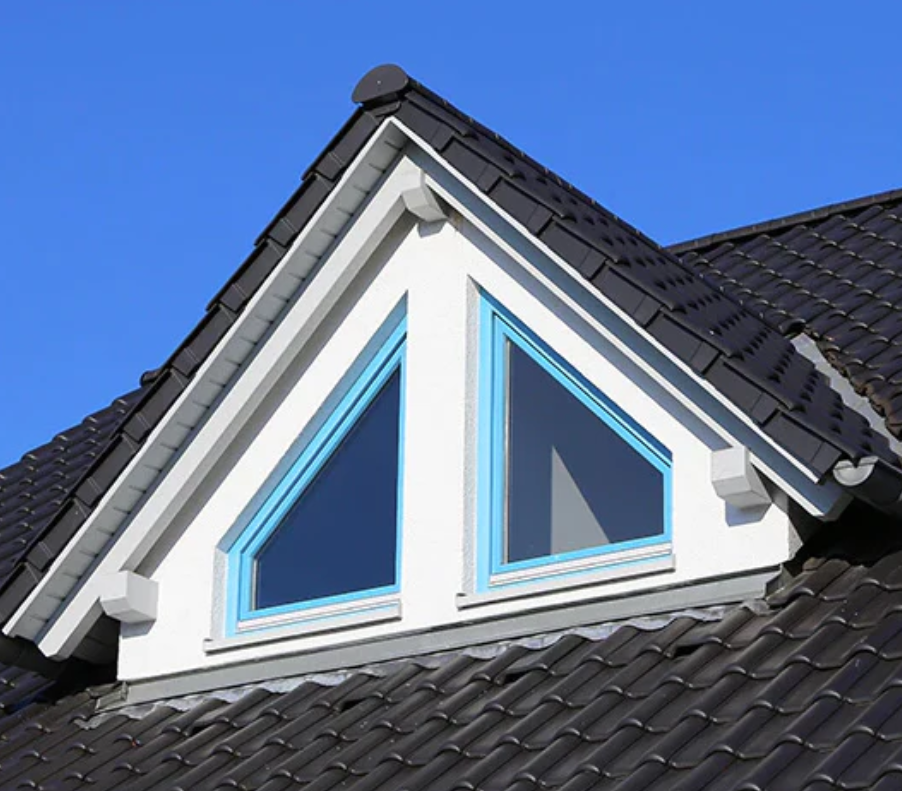Unleashing the Power of Liquid Rubber: The Ultimate Guide to Waterproofing Metal Roofs

Metal roofs have long been lauded for their durability and longevity, making them an ideal choice for homeowners around the globe. However, despite their inherent strength, they are not immune to the rigors of the elements. Water, wind, and rust can all take a toll on even the sturdiest metal roof, leading to leaks and other damage over time.
Fortunately, there’s an increasingly popular solution that DIYers are turning to: liquid rubber technology for metal roof waterproofing. This non-toxic, VOC-free, and reliable method has proven to be not just effective, but also affordable and easy to use. So, let’s delve into the details of how to waterproof metal roofing using liquid rubber.
The Prevalence of Metal Roofs and Their Vulnerabilities
Metal roofs, owing to their durability and resilience, are a common choice for homes, especially in areas with harsh weather conditions. They provide excellent insulation, and their ruggedness prevents roof collapse and sagging due to snowfall and ice accumulation. Despite these strengths, metal roofs can suffer from water penetration, rust, and structural damage due to storms, leading to fastener wear and tear and even panel disintegration. So, the question arises, how can you ensure your metal roof stands up to these potential threats? The answer lies in metal roof waterproofing.
Why Liquid Rubber for Waterproofing Metal Roofs?
Liquid rubber has emerged as the preferred solution for waterproofing metal roofs. Its ease of application, affordability, and reliability make it a go-to choice for DIYers. What’s more, liquid rubber is VOC-free and non-toxic, ensuring a safe environment for families and pets alike.
Liquid rubber’s effectiveness comes down to its chemistry. Unlike other coatings like silicone or polyurethane, liquid rubber forms a hydrophobic barrier, repelling water immediately upon application. It has a low water vapor transmission rate, which means it prevents moisture from seeping through and causing rust – a common issue with metal roofs.
The Importance of Waterproofing Your Metal Roof
Waterproofing your metal roof is crucial for several reasons.
- For starters, it shields the roof from rust, a common problem with metal roofs that can lead to leaks and eventual water damage to the underlying structures.
- A waterproof seal protects the roof from wind damage. Storms often lead to lost fasteners, parts, or pieces of the roof, further compromising its integrity.
- Coating the metal surface reduces heat absorption, helping save on energy bills and minimizing the expansion and retraction of the metal due to high temperatures.
- Waterproofing significantly enhances the appearance of your roof, especially if it’s an older one showing signs of wear and tear.
Identifying the Signs of a Leaking Metal Roof
Before you begin your DIY waterproofing journey, it’s important to ascertain whether your metal roof is leaking. Look out for the following signs that your roof may be leaking:
- Loose or missing fasteners
- Panel damage
- Open headwall or flashing
- Missing trim
- Missing pieces or parts
- Loose gutters and downspouts
- Gaps in seams
- Rust damage and holes
DIY Waterproofing of Your Metal Roof: A Step-by-Step Guide
Waterproofing your metal roof may seem like a daunting task, but with liquid rubber, it’s simpler than you might think. Here’s a step-by-step guide that you can use to learn how to waterproof a corrugated iron roof:
- Fastener Check and Tightening: Begin by inspecting your roof’s fasteners. Over time, these can loosen due to the metal’s expansion and contraction from weather changes. Tighten all loose fasteners using a power screwdriver.
- Cleaning the Roof: Use a power washer to remove dirt, debris, loose rust, and oils from the roof’s surface. This prepares the roof for the application of the liquid rubber sealant.
- Using Liquid Rubber Seam Tape: For any cracks or seams greater than 1/8th of an inch long, use Liquid Rubber Seam tape. This robust adhesive forms a durable bond over any found cracks, providing an extra layer of protection.
- Sealing Smaller Seams and Cracks: For smaller seams and cracks, use metal-bonding caulking. After applying the caulking, smooth the overlays and remove excess material.
- Applying Liquid Rubber Waterproof Sealant: Once the seam tape and caulking have dried, it’s time to apply the Liquid Rubber Waterproof Sealant. This can be done using a brush, roller, or sprayer, ensuring an even coat over the entire roof’s surface.
- Allow Time for Drying: Let the sealant dry between coats.
- Optional Top Coat: If desired, you can apply a colored or reflective top coat for aesthetic purposes.
Remember, the best time to waterproof your metal roof is when temperatures are above 5C/40F, and there’s no forecast for precipitation.
Summing it all Up
Waterproofing your metal roof is more than just a preventive measure against leaks and rust. It’s about ensuring the longevity of your investment and enhancing your home’s overall aesthetic. With liquid rubber, you have an easy, affordable, and reliable solution at your fingertips.
So, whether you’re an experienced DIYer or just starting on your home improvement journey, liquid rubber for metal roof waterproofing is a game-changer.
For more information on how to use liquid rubber for other home projects, check out our guide on sealing your outdoor deck with rubberized deck paint.
Remember, a well-maintained home isn’t just about aesthetics; it’s about creating a safe and comfortable space for you and your loved ones.
Passionate Writer, Blogger and Amazon Affiliate Expert since 2014.




























